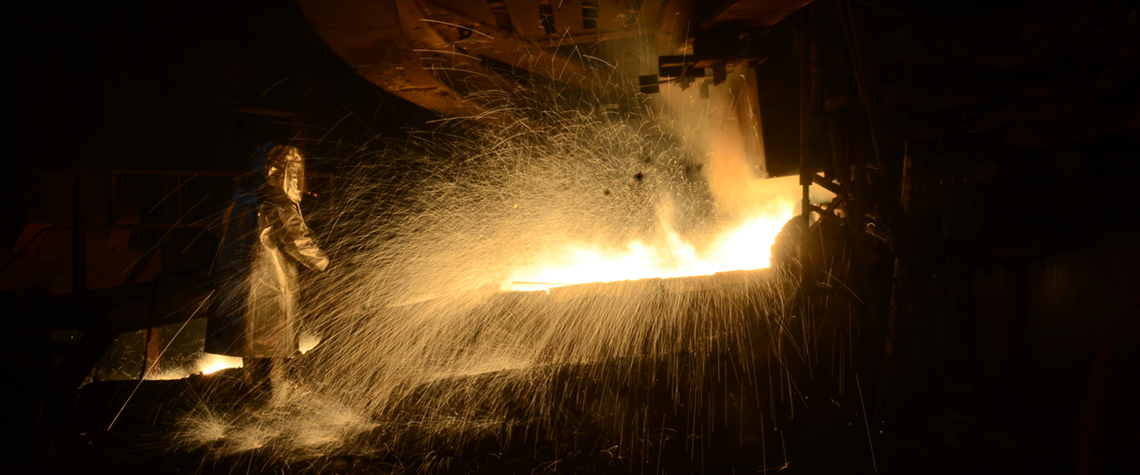While there is no doubt that electric vehicles (EVs) will play a significant role in our global transition to net zero, the sector is facing a tricky conundrum that must be resolved: global decarbonisation will depend on an extensive transition across the world to the use of EVs, and the batteries that EVs use will require large volumes of refined nickel. However, the mining and refining of nickel is itself affected by a number of important ESG issues, including a large carbon footprint.
The IEA’s latest report on the global EV outlook indicates there were just over 10mn light-duty EVs on the world’s roads in 2020. The IEA forecasts there will be 137mn EVs by 2030 (based on analysis of actual commitments and action by states) or more than 200mn based on its Sustainable Development Scenario. Lithium-ion batteries with nickel-rich cathodes remain the preferred choice for light and high-performance vehicles, given they offer higher energy density and greater storage capacity at a lower cost. All this means there is going to be exponential growth in the demand for refined nickel up to 2030 and beyond.
Due to substantial investment in the Indonesian nickel refining industry in the past decade (in part triggered by a regulatory requirement to process minerals in-country prior to export), and because of cost advantages and an abundance of resource, Indonesia is likely to be the source of almost all of the growth in the supply of refined nickel for EV batteries over the next decade. However, the mining and refining of nickel in Indonesia is a carbon-intensive business and raises additional concerns about impact on biodiversity, air and water pollution, and governance issues.
The ‘nickel pickle’, therefore, is that even though global plans for decarbonisation are driving massive growth in EV numbers, the nickel that forms a significant and vital component of those EVs—much of which will come from Indonesia—comes with a problematic carbon footprint and other ESG concerns.
Decarbonisation up the supply chain
Pressure is mounting on nickel miners and battery metal suppliers to manage their ESG issues, including by lowering carbon emissions. This pressure is being driven by both market forces and regulatory restrictions.
The key reason for the transition to EVs is to eliminate carbon emissions from transport. Customers are increasingly aware of, and concerned about, the impact of the materials that go into their vehicles. EV manufacturers are measuring and reporting lifecycle emissions.
Shareholders, interest groups and other stakeholders are demanding that attention is given to supply chain emissions as well as biodiversity, governance and pollution issues. Early this year, Elon Musk famously called for the nickel industry to supply more “responsibly produced nickel”. When seeking responsibly produced nickel, a key criteria that EV and battery manufacturers look for is a low-carbon footprint.
Governments with ambitious net-zero targets are also focusing more on supply chains and full lifecycle carbon impact. The EU is leading the way with new regulatory restrictions that seek to force decarbonisation up the battery supply chain. Proposed new EU sustainable battery regulations, due to become law in 2022, will require batteries to be accompanied by a carbon footprint declaration from 1 July 2024; will introduce a classification of batteries based on carbon footprint from 1 January 2026; and, from 1 July 2027, will subject batteries to a maximum lifecycle carbon footprint (based on net greenhouse gas emissions produced in the manufacture of the batteries right back to mineral source).
Producers of battery minerals and EV batteries that target the EU market will need to be aware of these restrictions and plan ahead. The EU appears to recognise the knock-on impact the regulation would have up the supply chain, including outside the EU, stating that “efforts to decrease the carbon footprint in the manufacturing process will indirectly lead to the promotion of renewable energy generation”.
The UK is undertaking consultations in relation to similar regulation of its battery sector and it seems likely that other parts of the world that are key EV markets will take similar steps in due course.
How will the nickel supply chain respond?
Long-term suppliers of nickel from places such as North America and Australia have well-established and documented nickel production and refining procedures, but such suppliers are limited in number. By contrast, the growth in nickel supply for EVs coming from Indonesia will be mostly from producers without a long track record or established procedures for collating and monitoring data. Emerging suppliers of nickel have lower levels of transparency in their ESG performance (including carbon footprint). EV manufacturers will be setting clear criteria for their nickel suppliers in terms of monitoring and documenting ESG performance.
A key challenge for suppliers in Indonesia will be lowering the carbon emissions generated in nickel production. The lowest carbon nickel production is in North America, followed by Australia. Indonesian suppliers have carbon emissions at market average or higher, in large part because most use coal-fired power to provide electricity to smelters.
The sector is now faced with the challenge of finding alternative, lower-carbon energy sources. This is not easy as the resources themselves are often located remotely (on islands such as Sulawesi and Halmahera), distant from substantial renewable energy sources.
Solar and wind power might be able to provide part of the solution, and solar developers are now engaging with the mining and metals sector in Indonesia to provide some low-carbon alternatives. However, variable renewable energy cannot be a full solution because smelters need a steady supply of high levels of electricity to continuously maintain temperatures. Baseload renewables, such as hydroelectric and geothermal power, could be a solution, but the hydro and geothermal resources in Indonesia are not near the mineral resources.
Key stakeholders in the industry in Indonesia, including state-owned bodies, are acutely aware of this issue and are putting a lot of effort into addressing decarbonisation and management of other ESG issues. There is a coordinated push to reduce reliance on coal-fired power and to utilise more renewable energy. They are considering various options, including a plan to move nickel processing hubs closer to large-scale baseload renewable sources.
What is certain is that there will be substantial changes in the nickel supply sector in Indonesia in the near future as it tries to adapt to global requirements. Larger mining companies in Indonesia are already doing more reporting on ESG performance. Smaller producers in Indonesia will need to establish methods of publicly disclosing carbon emissions, waste disposal practices and rehabilitation records. Once there is greater transparency, the market will favour metals from those companies with better ESG performance.
Indonesian projects are the most economically attractive projects in the nickel world, and they will improve performance over time to meet the demand. Despite the challenges faced, Indonesia will likely remain the main source of growth in nickel even after taking into account the additional expenses needed to manage carbon emissions and other ESG issues.
Andrew Digges is project finance partner at Norton Rose Fulbright and Steven Brown is an independent consultant focused on the responsible supply of battery metals.








Comments